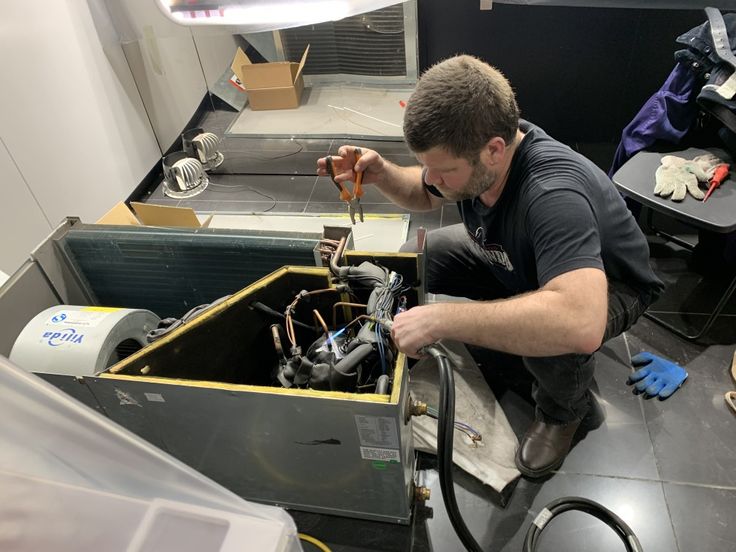Central AC vs. Split AC: Which Costs More to Maintain?
Understanding the Costs Behind Cooling Systems
When deciding between central AC and split system air conditioning, understanding maintenance costs is crucial. Both systems have their unique features, but their installation, energy bills, and ongoing costs play a key role in determining which is more cost-effective.
The Upfront Investment
The initial cost of central AC is typically higher because it includes the unit, ductwork installation, and professional installation fees. On the other hand, a mini-split system may have a lower upfront cost, but if multiple indoor units are required, the total cost can rise, making it comparable to central AC.
Energy Efficiency and Savings
One of the main factors influencing maintenance costs is energy efficiency. Mini-splits use inverter technology, which adjusts the compressor speed based on cooling needs, reducing energy consumption. In contrast, central AC relies on a single compressor, cooling the entire house at once, which may lead to higher energy bills.
Impact of Ductwork on Maintenance
For homes with ductwork, maintaining a central AC system includes cleaning and sealing ducts to avoid air leaks. This affects the Seasonal Energy Efficiency Ratio (SEER rating) and overall performance. Since ductless split system air conditioning does not use ducts, it eliminates this maintenance concern, making it a cost-effective option in the long run.

Noise and Aesthetic Considerations
A mini-split system is quieter because the outdoor compressor and condenser handle most of the work. Central AC, however, distributes air through air-handling units and fans, which can contribute to noise levels. While split system air conditioning units are more visible in a room, some homeowners prioritize décor over efficiency.
Flexibility in Cooling and Zoning
One major advantage of a mini-split system is zonal cooling. With individualised cooling, you can set different temperatures for separate rooms, reducing energy wastage. Central AC, however, cools the entire home, which may lead to unnecessary cost when only a few areas in use need cooling.
Long-Term Maintenance and Repairs
Since central AC has a larger system, maintenance tasks such as checking refrigerant levels, servicing the compressor, and cleaning the condenser are crucial. Mini-splits, with their localised approach, often require maintenance for multiple indoor units, which can add up over time.
Space and Installation Challenges
The installation of a split system air conditioning unit is simpler as it doesn’t need ductwork installation, but multiple indoor units take up space on walls. Central AC units stay hidden, occupying only designated ducts and mechanical areas. However, for homes without existing ductwork, installing central AC is a complex and expensive task.
Which One is Right for You?
If you prioritize efficiency, flexibility, and zonal cooling, a mini-split system may be a better choice. However, if you want a centralised unit for large living spaces with multiple occupants, central AC could be worth the higher initial cost. Understanding your specific cooling needs will help you determine the most cost-effective option.






